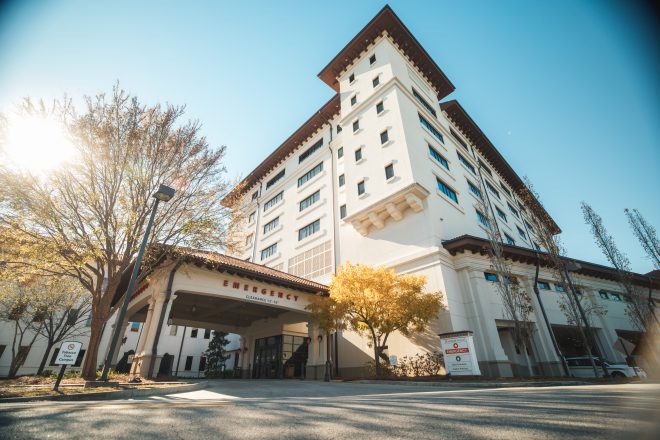Hurricane Michael cut destructive, costly path
Published 1:18 pm Friday, January 11, 2019

- White
THOMASVILLE — By the time Hurricane Michael reached Thomas County in October, it still packed hurricane-force wind gusts that left a path of destruction costing local governments close to $3 million in clean-up expenses and repairs.
Thomasville Utilities (TU) electricity experienced widespread outages and damages that cost $1 million to repair. Electrical poles, lines, transformers and conductors were wiped out by the Oct. 10 storm.
Trending
The Thomas County emergency management office reported wind gusts of 79 miles per hour and sustained wind of 32 miles per hour.
“Mutual aid was a big component. At one time, we had eight crews from out of town,” said Chris White, TU assistant superintendent, adding that all power was restored in nine days. Overtime pay for TU employees also is part of storm costs.
Because local hotels and motels were occupied by Michael evacuees from the Florida Panhandle, 36 out-of-town crew members were housed at the old Rosehaven building on the Southwestern State Hospital campus.
Debris and vegetation removal cost the city an additional $500,000.
The storm cost Thomas County government $1.1 million from the day of the storm until before Christmas when the lengthy clean-up ended.
“We were told we should get 100 percent back from FEMA (Federal Emergency Management Agency),” said Tony Bodiford, Thomas County public works director.
Trending
Communities must pay damage expenses before being reimbursed by FEMA.
City and county officials met with FEMA personnel in Thomasville this week. White said FEMA reimbursement will take six to nine months.
Typically, FEMA pays 85 percent of the cost of debris removal, but White expects post-Michael debris removal reimbursement to be 75 percent. He said FEMA will pay 90 percent of utilities destruction costs.
The city’s insurer, Georgia Interlocal Risk Management Agency, will pay up to $100,000 for storm damage, White said.
“We will get most of the money back,” he added.
Debris totaled 90,000 cubic yards, compared to 20,000 cubic yards after Hurricane Irma in September 2017, Bodiford said.
Keeping roads open also figured in county expenses.
Bodiford said the worst-hit areas needing public works help were in the Ochlocknee/Meigs area and in Pavo. Wind was the culprit in the small towns, he said.
Senior reporter Patti Dozier can be reached at (229) 226-2400, ext. 1820





